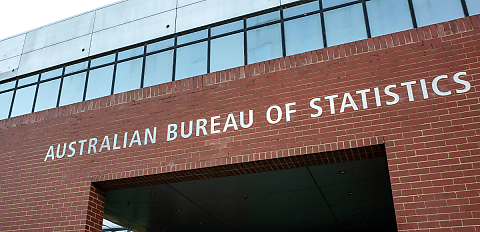Living costs for employee households, whose primary source of income is wages and salaries, rose 0.4 per cent over the December 2024 quarter, down from a 0.6 per cent rise in the previous quarter, according to the latest Selected Living Costs (SLC) index released by the Australian Bureau of Statistics (ABS).
This is the third consecutive quarter of slower growth in quarterly living costs.
Insurance and financial services experienced notable increases, driven by higher insurance premiums and rising mortgage interest charges.
The rise in insurance prices was primarily due to increased premiums for home, contents, and motor vehicle insurance. However, this growth has moderated due to easing reinsurance costs and lower replacement and repair expenses.
Mortgage interest charges also rose, largely because of higher mortgage debt levels and the continued rollover of expired fixed-rate loans to higher variable-rate mortgages.
The share of fixed-rate home loan commitments continued to decline in the December 2024 quarter, with the proportion of variable-rate home loans rising accordingly.
As of the December 2024 quarter, variable-rate home loans held by owner-occupiers increased to 85 per cent, up from 83 per cent in the previous quarter.
Mortgage interest charges now account for a higher proportion of expenditure for employee households.
Mortgage interest charges rose by 1.7 per cent, reflecting higher mortgage debt levels and the continued rollover of fixed-rate loans to variable rates. This increase, while still significant, was lower than the 2.7 per cent rise recorded in the previous quarter.
Michelle Marquardt, ABS head of prices statistics, said: “While the growth in employee households’ living costs has also slowed this quarter, these households continued to see higher rises than others as they are more impacted by mortgage interest charges.
“The Reserve Bank of Australia’s cash rate stayed the same this quarter, however, higher mortgage debt levels and the continued rollover of expired fixed-rate mortgages to higher variable-rate mortgages led to a rise in mortgage interest charges.”
The rise in living costs for employee households this quarter was offset by significant drops in electricity prices and automotive fuel costs.
However, these households recorded the smallest fall in housing costs compared to other household types, due to an offsetting rise in rents.
All household types experienced falls in housing costs, thanks in part to the 2024–25 Commonwealth Energy Bill Relief Fund (EBRF) rebates, which helped reduce electricity prices.
Differences in the rollout schedule of these rebates resulted in some households in certain states and territories receiving catch-up payments during this quarter.
[RELATED: Mortgage stress up due to RBA’s lack of action]

